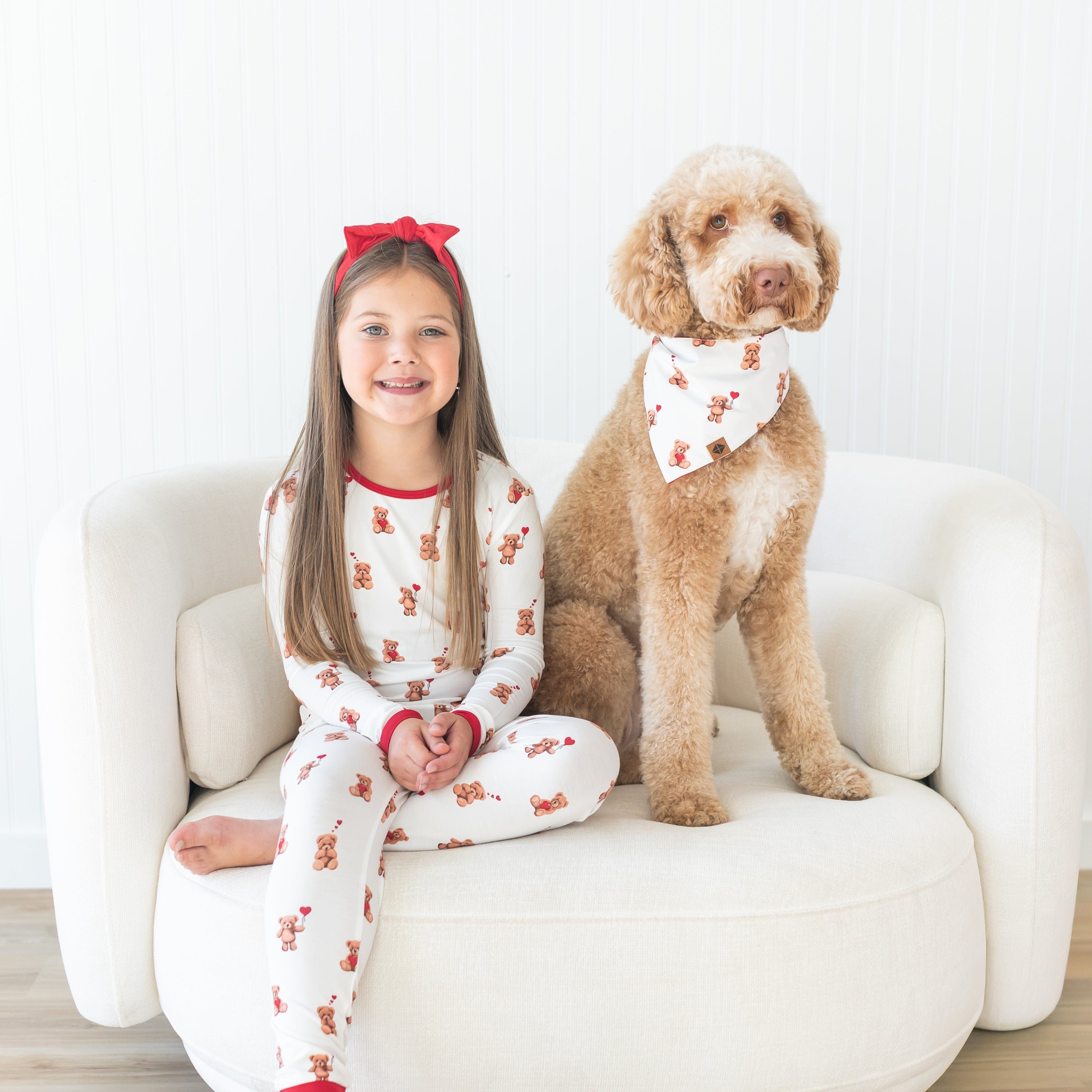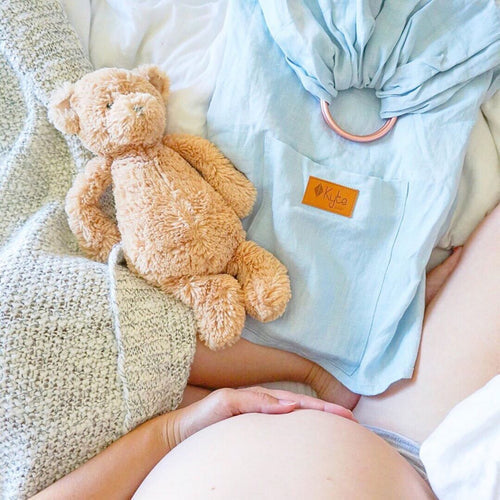The world of baby toys is a vast one, and, believe it or not, somewhat controversial. The toys that our babies often find most attractive are the brightly colored, plastic ones with flashing lights and loud, musical sounds. They’re the type that are most often gifted, so even if you swear up and down that you won’t have your house cluttered with garish eyesores, bad news—you probably will. However, if you walk into a Montessori classroom or home, you’ll see that most of the tools and toys are wooden. In addition to being simplistic, visually attractive, and healthier, there are a multitude of reasons why the Montessori method employs wooden toys over plastic ones. Plastic toys come with their own set of perks: they’re cheap, convenient, and, best of all, easy to clean. But, the chemical additives in your child’s plastic toys may pose a safety risk, and that’s the number one reason we recommend wooden toys for your little one, whether or not you follow the Montessori method. With proper care, wooden toys can easily last over a lifetime, which makes them cheaper in the long run, and wonderful heirlooms for your family.
Now, there’s no reason to feel bad about the plastic toys you do have in your home. No matter the material, there are good toy choices out there, as well as some not-so-good ones. LEGO toys are made from plastic, but are great for fostering creativity and can also enhance STEM skills. When taken care of, they can also last for years and years. But, it’s always a good idea to mindfully choose toys for your kids that allow open-ended play, and high-quality wooden toys often fit the bill.
WHY WOODEN TOYS?
First of all, wood contains tactile information for your baby to explore. Unlike plastic, which roughly stays the same temperature, wood will feel cool to the touch in cool temperature, and will also warm as it absorbs the heat from your skin. Because of its density, its weight changes as its size does. A large wooden toy will be heavier than a smaller one. According to Monti Kids, “your little one will experience this shift in perspective and dimension in a tactile way and absorb what this means as they explore toys of varying shape and size.”
Second, wooden toys are better for the environment. Wood is durable—far more durable than plastic, so your toys will last longer. When they finally do end up being thrown away, you can at least rest easier knowing that they are biodegradable. If you source ones that are sustainably produced, your carbon footprint will be even lower.
Third, wooden toys are safer for your child. Wood is a natural substance, meaning you don’t have to worry about all the toxins and chemicals found in synthetic materials like plastic. When your baby is young and putting everything in her mouth, you’ll want her toys to be made from a material you know is safe. Toys made from a very hard wood, like birchwood or maple, are unlikely to ever splinter or break.

WOODEN TEETHERS
Teething babies love to chew on things because it offers counter pressure against sore gums. While there are teething toys of every material, preferences vary from baby to baby. Some babies enjoy softer textures from silicone, while others prefer very hard material, like wood. However, wooden teethers have our vote because they boast the benefit of being naturally antibacterial. This is important for something that spends a lot of time in your baby’s mouth! Kyte BABY’s loveys come with a teething ring made from all-natural beechwood, and is polished to smooth perfection. Because it has no treatment or coating, you don’t have to worry about your little one being exposed to anything toxic. That’s one less thing to worry about!
After prolonged use, your wooden teether may start to feel a little rougher due to exposure to your baby’s saliva. If you purchase 220-400 grit sandpaper from your local hardware store, you can use it to gently sand the wood by rubbing the paper along the teether’s surface several times. No time to run to the hardware store? No worries, a new green scrubber pad in your kitchen can also do the trick! Just follow the care instructions listed below after sanding the teether, and it should feel perfectly smooth once again. With proper care and conditioning, your wooden teether will last a long time!

HOW TO CARE FOR WOODEN TOYS
Thankfully, caring for wooden toys and teethers is simpler than you’d think. As mentioned previously, wood contains antimicrobial properties, so bacteria doesn’t stick on wood the way it does to other materials. This is great news for parents who may not remember to regularly clean their kids’ toys (i.e. all of us). However, giving your child’s wooden toys a refresher every month is ideal for keeping them in tip top shape.
- For daily maintenance, a damp cloth is perfect for wiping away any dust or dirt. Take care not to soak the cloth in water, and simply dampen it, then wipe the wood and dry it immediately. You never want to submerge wood in water, especially for a long period of time, because wood is very porous. Too much moisture can change, warp, and damage the grain, making it more likely to break. Also, if the toy doesn’t dry completely, bacteria is more likely to stick around. Never use a water or steam-based sterilizer on wooden toys.
- If your child’s wooden toys need an extra bit of cleaning, you can use a mild dish soap with your damp cloth before wiping it clean. You may also use a gentle cleaning solution made with 1 part vinegar and 10 parts water to spray over the toy. Just wipe the solution away and let the toy fully dry. Avoid using bleach or any chemicals because it not only dries out the wood, but also isn’t safe for your baby.
- Every once in a while, use a bit of food-grade oil, such as olive oil or coconut oil, to moisturize the wood. If you want to restore shine, you can use a 50/50 mixture of beeswax and oil. Simply apply the oil or mixture, let it soak in, then wipe off the excess and allow it to dry.
- If you notice your wooden toys and teethers are a little rough, to restore them to a satin smooth finish all you need to do is get some 220-400 grit sandpaper from your local hardware store and rub the teether surface a few times. You can also use sanding sponges.

Yup, it’s that easy! With such a quick, simple cleaning routine, you can ensure that your child’s wooden toys last for generations to come.




















